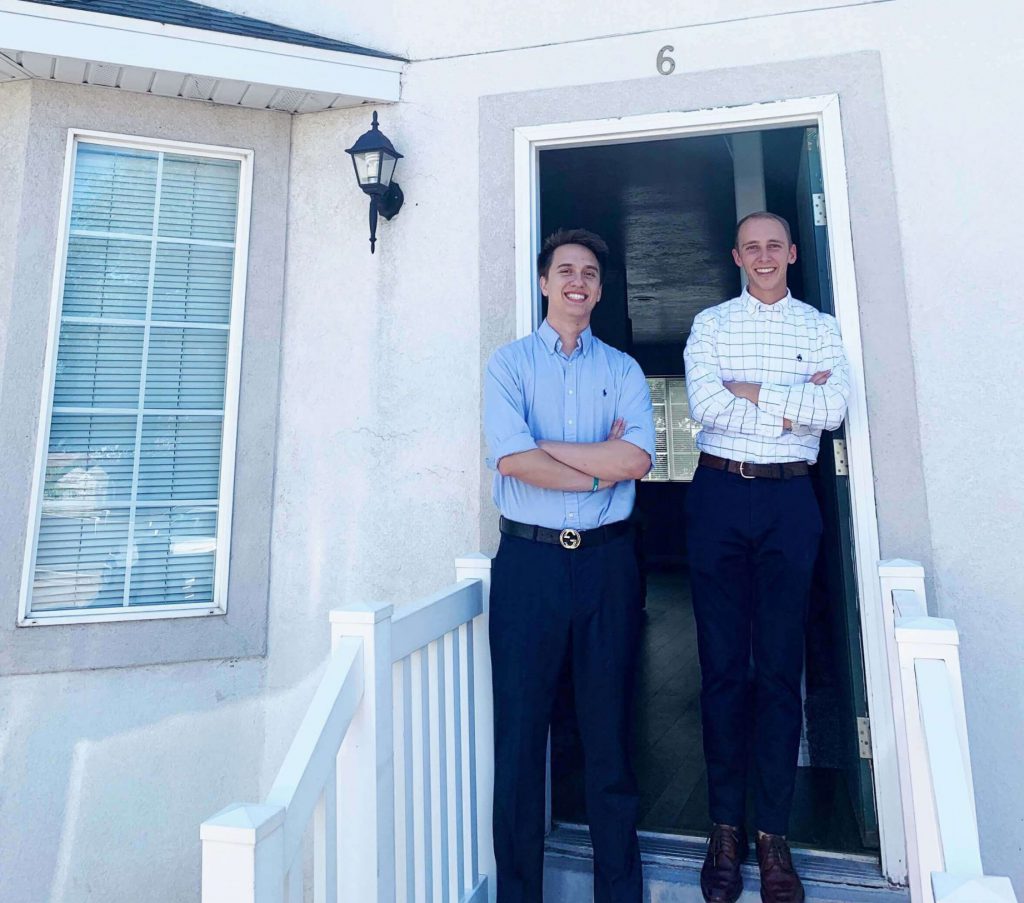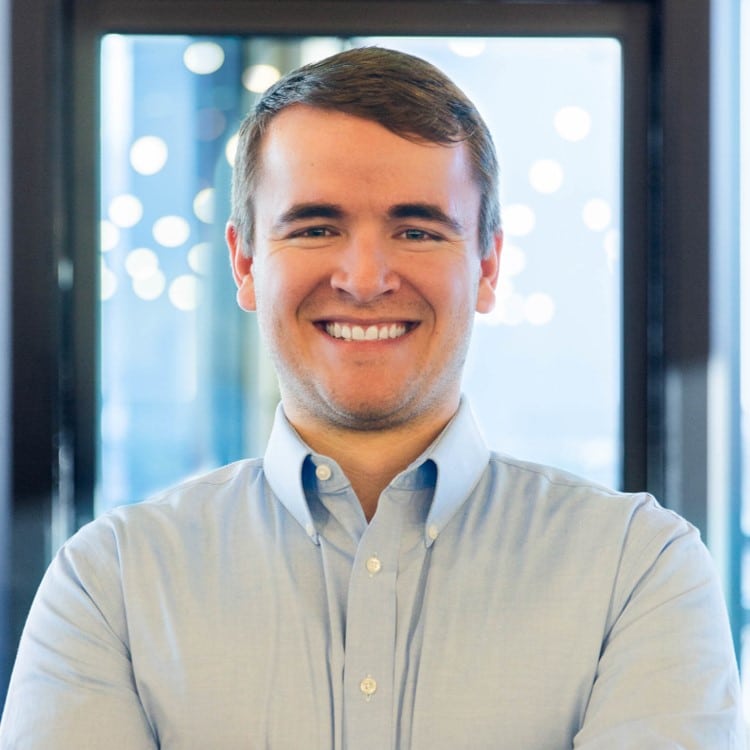Learning the importance of saving at a young age
My parents helped me learn financial principles from a very young age. I was given an allowance in exchange for the chores that I did around the house. Though it didn’t feel like the $10 a week was really paying for all the hours that went into cleaning and maintaining our house, there was some light at the end of the tunnel. Once a month when I went to the bank with my dad, he told me that he would double anything I put into my savings. My dad, knowing that my $10 allowance would likely get spent on video games, was pretty confident that he wouldn’t be shelling out very much money.
To his surprise, I actually did end up doubling almost every one of my allowances. I decided to wait on splurges until my birthday or Christmas, and prioritize saving my money. While the money doubling did stop, I had managed to save $1,000 into my savings account. The principle of saving before I splurge taught me that there actually were long term incentives behind saving.
The next great lesson I learned from my parents was how to handle debt. When I was around 14 and I started getting invited to more expensive activities. Amusement parks, movie theaters, all the fun things kids dream about. I would ask my parents for $10 before I left, (the secret was to ask both parents separately so they didn’t know you would walk away with $20). Almost always they would ask, “what about your allowance?”. I would smile back and say, “I put it all in the bank, maybe just this one time I could borrow $10?” They quickly caught on that I loved this new word, could I borrow some money, and it didn’t really look like I had any intention of paying them back. So they decided to teach me what debt was.

Little did I know that I had been taking payday advances from my allowances and that I had dried up my future paychecks. Big mistake. The endless money pit I thought I was tapping into, my parents’ deep pockets, was really my only source of income, which I was spending before I was even earning it. That’s when my parents approached me and told me that I needed a job, and if I didn’t find one they would provide one for me. By the time my job search deadline was up and the ice cream shop on the corner didn’t want to hire me, I soon found myself working construction with my dad in the 100 degree weather. It was a back breaking and sweat filled summer, but I did make $12/hour and that was something I couldn’t complain about. I was 16 years old and had finished my first summer working full time. That summer I made $5,000 and I had brought up my total savings to about $7,000.
I found a part time job as a food server that paid $10/hour and decided that would be a little easier than construction. I would go right from high school to the restaurant for two years and ended up making around $8,000. Most of my friends did sports, I waited tables. By 18 years old I had $15,000 to my name and had a firm grasp of saving money, how to handle debt, and working to support my lifestyle. Things only got more expensive after that when I moved out for college. Tuition, rent, more fun activities. I decided to take fewer credits and continue to work my entire time in college. Over the next 4 years I managed to save another $10,000 through working in an ice cream shop, teaching computer skills to senior citizens, getting a job as a web developer, and eventually starting my own freelance business building websites. .
When I first set any type of savings goal, I would transfer money from my checking account to my savings account and go as long as I could without touching it. Each year I felt like I was draining the account just to pay for expenses I knew were coming up like tuition, insurance, and vacations. I felt like this first house fund I was trying to save for just getting farther and farther away.
I realized that when I just tried saving money without a goal or target in mind, it didn’t really end up working. I always felt like I could dip into the savings and replenish it later. I learned that for me, I need a specific goal of what I want to buy and a target amount of how much I need. I also needed to keep my money separate, so that my savings goal wasn’t mixed up with the rest of my expenses.
Saving for my first home came down to three important principles.
1. Know how much you’re trying to save for
If you’re serious about purchasing a home, get pre-qualified. This is a letter given to you by a lender that says you’re able to purchase a home up to $XXX,XXX value. It basically shows “how much house you can afford”. As a first-time home buyer, you only need to come up with 3.5% of that value to buy a home.
Now you have your target savings goal. I’d also recommend increasing this number if you can to accommodate for things you can’t exactly control like market circumstances, bidding offers on a home you like, and even other costs associated with closing.
2. Track all of your expenses
Now that you know exactly how much you’re trying to save for, you can focus on trying to minimize expenses to reach your savings goal. This means your fixed expenses (rent, insurance, subscriptions), your variable expenses (food, entertainment, travel), and you need to anticipate large expenses (tuition, vacation).
By doing this, you’ll be able to see exactly what areas you can reduce or even eliminate entirely. It sounds cliché, but it works.
It’s worth considering tools and applications such as YNAB or Mint, or even Savology’s monthly budget calculator to help you better understand your spending habits.
3. Create separate accounts for your goals
I wanted to see my money growing without it getting mixed up with other savings goals. I suggest opening a high yield savings account while you continue to work toward your target saving. There’s one personal rule I used for these accounts, once the money goes in, it doesn’t come out until it is being used for the savings goal.
I’d personally recommend looking into providers like Ally, Blooom, M1, and Qapital to find out which one you prefer.
While time did play a large factor in saving for my first home, these saving principles were the only way I was able to do it. I managed to save $25,000 by the time I was 23 years old. I worked part-time during school and full time over the summer since I was 15 years old. I saved money so I could splurge later, I avoided debt at all costs, and I worked hard to continue to build reserves
If we could all turn back the clock it would be easy to save when we had fewer expenses. Now as bills and insurance add up, saving goals take the sideline. Following these three simple principles serve as a foundation for saving not only for a down payment but for future financial goals.







